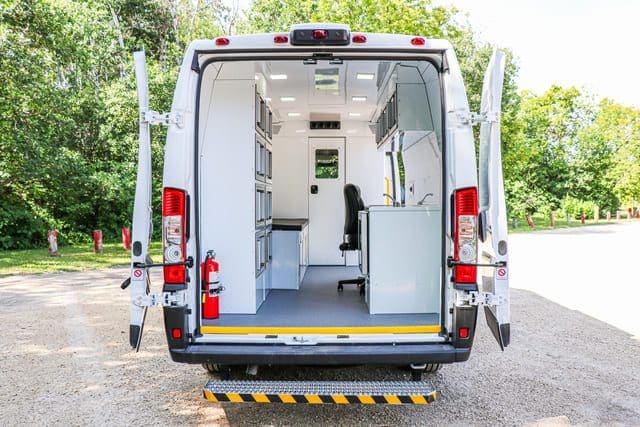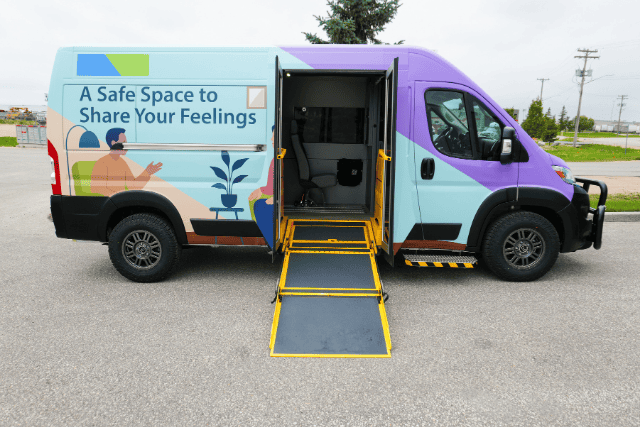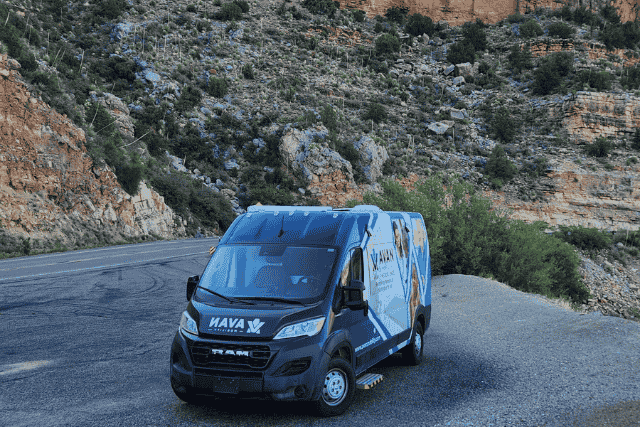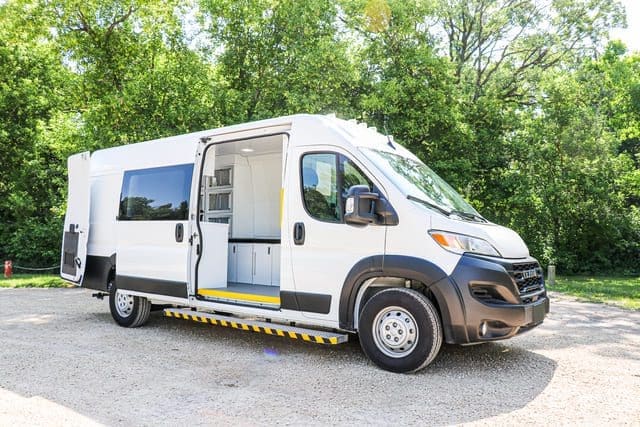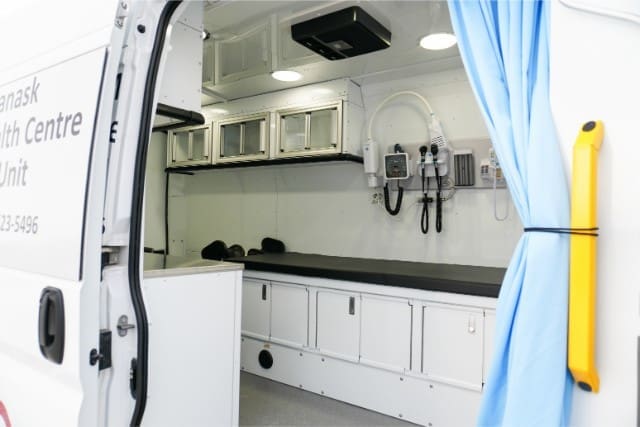How do you decide between renting or buying a medical vehicle when your team is already balancing numerous responsibilities? You’re doing everything possible to serve your community, but now you’re stuck at a crossroads. You need a vehicle to deliver care, but you’re unsure what makes the most sense long term.
Here’s the gap: Renting feels easier upfront, but you wonder if it’s the right option for your organization. Buying gives you more control, but it’s a big investment. What if you choose wrong? What if the vehicle doesn’t fit your needs? When this decision gets delayed, it can create financial issues. Services slow down. People go unseen. And in many cases, they suffer in silence.
But when you choose the right medical vehicle, things change. You’re able to reach more people. You expand your programs. You start filling in those care gaps across your community.
At AVAN Mobility, we’re all about helping people like you make a difference! For over 10 years, we’ve been building mobile medical vehicles to support organizations that save lives all across the U.S. We know how important it is for you to have reliable and strong vehicles to reach those who need care. We’re really proud of what we do, and we want to share helpful information that supports your mission.
In this article, you’ll learn:
- Pros and cons of renting a mobile medical vehicle
- Pros and cons of buying one
- Tips to make the best choice
What are the pros and cons of renting a mobile medical vehicle?
If your organization needs a vehicle fast, renting a medical vehicle might seem like the best option. It’s quick, easy, and doesn’t lock you in long term. But like anything, there are pros and cons. Let’s break them down.
Pros of renting a mobile medical vehicle
Lower upfront costs: Mobile medical vehicles range between $125,000 to $250,000. When you rent, you don’t need to spend a lot of money right away. This helps if you’re working with a tight budget or waiting on a grant.
Flexibility: You can rent for a few days, weeks, or months. This works well for short-term programs, pilot projects, or seasonal outreach.
No long-term commitment: If your needs change, you can adjust without worrying about selling a vehicle later.
Maintenance may be included: Many rental companies handle repairs and maintenance, so you’ll have one less thing to worry about.
Cons of renting a mobile medical vehicle
Not always available: Some mobile health vehicles are in high demand. If you wait too long to book, you might miss out.
Not custom-built: Rental vehicles may not have everything your team needs. If you need a certain layout or equipment, renting might not be the best option. For example, if you’re planning on offering vaccines, you’ll need a fridge to keep them fresh. Not all mobile medical unit rentals will have that option.
Renting can be more expensive over time, especially if you’re renting frequently or for a long period of time. If you need a vehicle often, buying could save you money.
Limited branding: You may not be able to add your organization’s name or logo. That can make outreach harder.
Renting a mobile medical vehicle can be a smart short-term fix. But if your program is growing, it might be time to explore mobile medical vehicles for sale or even look at used mobile medical vehicles for sale. Another option to consider is leasing a mobile medical vehicle.
Next, let’s look at what it’s like to buy a medical vehicle and why some groups go that route.
What are the pros and cons of buying a mobile medical vehicle?
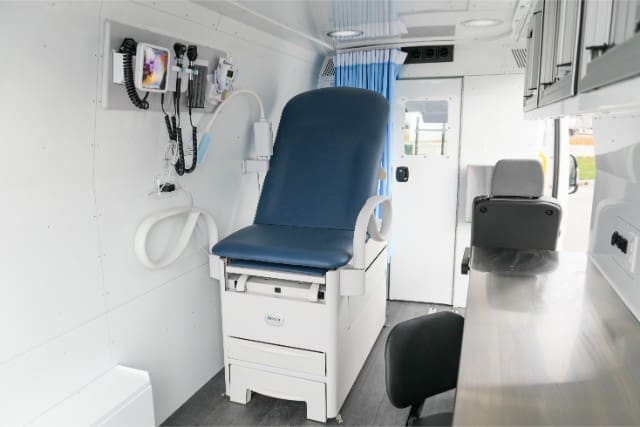
Buying a mobile medical vehicle is a big decision. It’s not something you take lightly, and we get that. It’s a long-term investment that can pay off big time, but also comes with responsibility. So, is it worth it for your organization? Let’s walk through the good and the not-so-good.
Pros of buying a mobile medical vehicle
It’s fully yours: When you buy a medical vehicle, you own it. That means you get to call the shots on how it’s used, when it’s used, and where it goes. No return dates. No rental contracts. Just full control.
Custom design and layout: Buying means you can build it out and customize it exactly how your team needs it. Want an exterior awning for a waiting area? An off-road package for safer driving in rural areas? A wheelchair lift? A portable toilet? You can design it all. Mobile health vehicles that are custom-built tend to work better because they’re made for your exact programs.
Long-term cost savings
Sure, the upfront cost is higher. But over time, owning a vehicle can save money, especially if you’re using it often. You skip the monthly rental fees, and you build value into something your organization owns.
Better branding opportunities: When it’s your vehicle, you can put your name, mission, and message on the side. That’s huge for trust and visibility in the community. People recognize your organization when the van rolls up, and that makes a difference.
Greater impact and reach: Having your own mobile medical vehicle lets you show up when and where you’re needed most. There’s no waiting on rental availability. You can plan ahead with confidence.
Asset value: Over time, your vehicle becomes an asset. Even used mobile medical vehicles for sale hold value, especially if they’ve been well-maintained. That can help later if you want to upgrade or trade it in.
5 tips to make the best choice between renting vs. buying a mobile medical vehicle
Choosing between renting or buying a mobile medical vehicle can feel overwhelming. But don’t worry, we’ve got your back. Here are five simple tips to help you make the best decision for your team, your budget, and your community.
1. Think about how often you’ll use it
- Will you use the medical vehicle once a month or five days a week?
- If it’s part of your regular routine, buying might make more sense.
- If you only need it for short-term or for special events, renting might make more sense.
2. Look at your long-term goals
- Are you starting a brand-new medical outreach program?
- Are you expanding an existing one? If you see your team using mobile health vehicles for years to come, buying gives you more control. But if you’re testing the waters, renting helps you get started with less risk.
3. Count all the costs
- Don’t just look at the sticker price. Think about insurance, maintenance, gas, driver training, and setup. Also, compare rental costs over time. Some organizations consider purchasing a used mobile medical vehicle, but this also comes with certain risks.
4. Consider who’s available to manage it
- Do you have someone who can take care of the vehicle?
- Who will drive it, clean it, and make sure it stays in good shape?
5. Talk to an expert
This is a big decision. Talk to someone who knows medical vehicles for sale and rentals inside and out. Ask questions, get the facts, and find out what’s worked for other organizations like yours.
When is renting the right fit vs. buying?
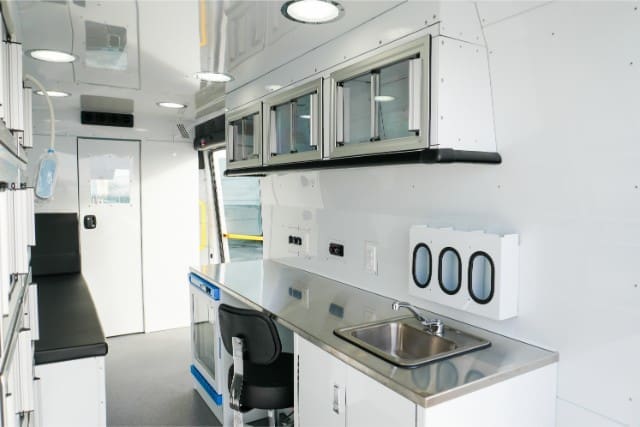
Still unsure which path to take? Here’s a simple way to determine when renting makes sense and when buying is the better move.
Renting is a good fit if:
- You only need a vehicle for a short period of time
(a few weeks or months) - You’re running a seasonal program or temporary outreach event
(with a clear start and end date) - You’re waiting on funding and need a vehicle right away
- You want to test out mobile outreach before fully committing
- Your program doesn’t need a custom layout or special features
Renting helps you stay flexible. It’s great when you need something fast and simple or when your plans are still taking shape.
Buying is a better fit if:
- You need a medical vehicle often
(weekly or daily) - You’re running a long-term or growing program
- You want to design a layout that fits your services and workflow
- You have a solid budget and want to build long-term value
- You want your organization’s name and mission on the vehicle
(branding helps build trust in your community)
Buying gives you full control. It’s a long-term solution that supports consistency, branding, and impact. Especially if your team is committed to mobile outreach for years to come.
Ready to find the right mobile medical vehicle for your organization?
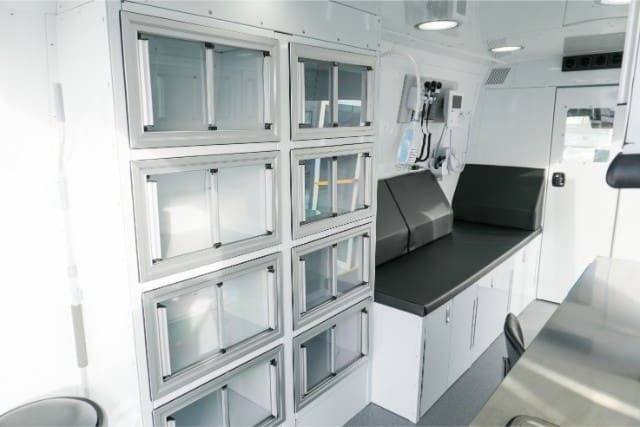
You came here wondering if you should rent or buy a mobile medical vehicle. Maybe you’re starting a new mobile medical program or trying to grow one. Either way, you’re looking for a solution that fits your mission, your budget, and the people you serve.
Here’s what you learned today:
- The pros and cons of both renting and buying mobile health vehicles
- What questions to ask before making a decision
- Tips to help you choose with confidence
At AVAN Mobility, we’ve helped organizations like yours across North America find the right medical vehicles for their communities. Our team works closely with you to understand your goals and challenges. We have real-world experience helping outreach groups, community healthcare centers, and nonprofits bring healthcare to those who need it most. Every mobile medical vehicle for sale we deliver is backed by purpose, not just parts.
If you’re ready to take the next step, click the button below to talk to a mobility expert today.
Not quite ready to chat? No problem. Check out our other helpful resources to keep learning at your own pace.
Start by checking out our article comparing mobile medical RVs and vans. This is helpful if you’re undecided which type of vehicle to get.
After that, you should also check out our article that highlights the warranty coverage you get when purchasing a mobile medical vehicle.
Finally, watch the video below to learn the five pitfalls to avoid when purchasing a mobile clinic.
